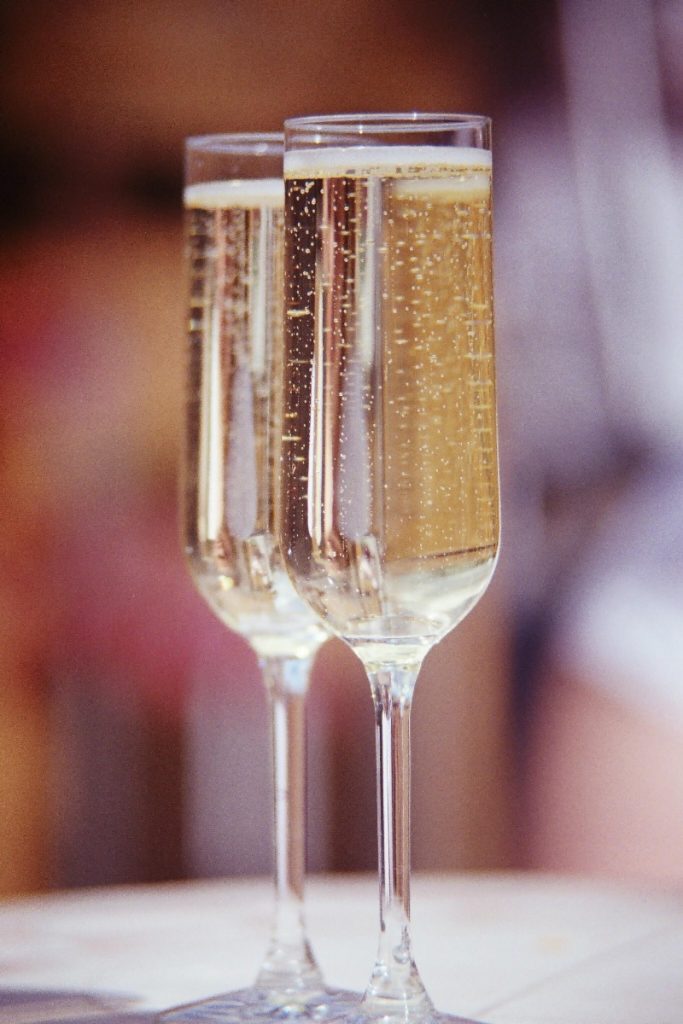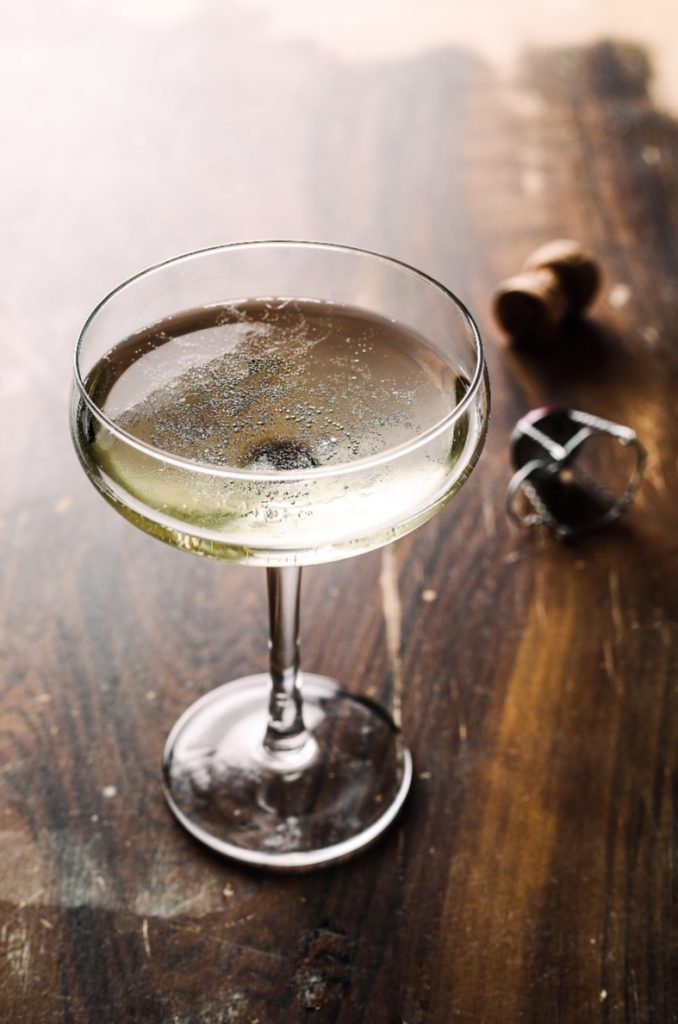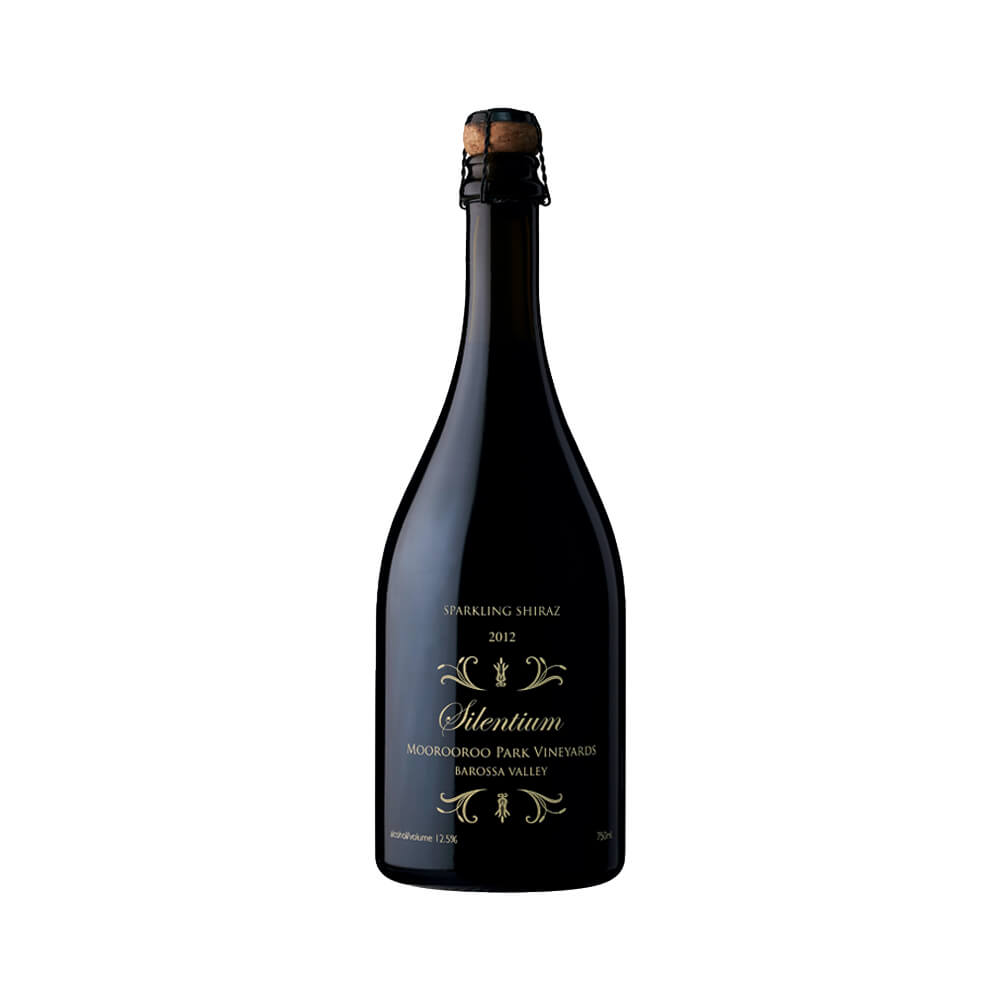
Something Truly Unique and Necessarily Fizzy
Today we indulge in our inner wine nerd to bring you a breakdown of the processes involved in sparkling wine! We’ve been drinking quite a bit of our favourite sparkling, Silentium Sparkling Shiraz and wanted to share with you the process that makes this wine great and some alternative processes that are also fascinating. Let’s jump in!
The most important step by far in the process of sparkling winemaking is of course the base wine. You must begin with a wine of remarkable character and quality to create a fantastic sparkling wine. You may, however, be surprised to learn that wine used to make the very best sparkling wines, is not the greatest still wine you’ll ever taste. The purpose of creating a sparkling wine after all is to create a sum greater than its parts, so base wine for sparklings are usually higher in acid than is ideal for still wine. This allows the development of flavour to create something truly unique and necessarily fizzy, rather than just a wine that tastes like base wine and gas. While not ideal to drink as a still wine the base product must be of the highest quality, any minor fault in the wine will be amplified by the following processes.
Traditional Method
This ancient and meticulous method of winemaking starts with a careful harvest. In Champagne law dictates that all grapes must be handpicked, the same process we use for our Silentium Sparkling Shiraz. In the case of Champagne, the amount of juice pressed from the grapes is also regulated. Wine is then made from the juice and then blended to the winemaker’s preference.
The second fermentation begins by placing the final blend into specially designed bottles with yeast and sugar. The bottles are then sealed with a crown cap and allowed to ferment. The yeast eats the sugar and creates carbon dioxide. This process creates the smallest, finest bubbles of carbon dioxide that lend that signature moussey texture to traditional method sparkling wines.
The wine will be aged in the bottle with the yeast (called lees) for at least fifteen months. The longer the wine remains on lees the better as more complex flavours are allowed to develop. This is why we allow our Silentium Sparkling Shiraz two and a half years on lees.
Next, the yeast lees must be removed, the beginning of this process is referred to as riddling. The bottles are very slowly turned and inverted from their horizontal storage position over the course of up to six weeks. The bottles then undergo a process called disgorgement where the necks are frozen, the bottles upended and the crown cap removed. The frozen cube of yeast lees pops out and the bottles are topped up with wine, called dosage, then stoppered with the classic cork and wire cage.
Once the finished wine is rested for about three months it is ready to drink. This method is by far the best way to create high-quality sparkling wines, in some cases, such wines are worthy of ageing in discerning consumers wine cellars. This is the only method we consider for our sparkling wine. It’s also the method used to create Spanish Cava.
Transfer Method
This method is similar to the traditional method, however, it bypasses the tricky and time-consuming steps of riddling and disgorgement by transferring the contents of the bottles to a large stainless-steel tank after the second fermentation. The wine is then filtered to remove the sediment from the yeast lees and re-bottled under pressure.
Transversage Method
This process is used to create bottles that differ from the standard 750mls. The wine is made using the traditional method, transferred to a tank after disgorgement, the dosage is added and then the wine is re-bottled under pressure into small bottles for airlines and hotels or large format bottles often seen at weddings.
Continuous Method
A process developed in the USSR, involving the use of a series of five interconnected pressurised tanks. Base wine, yeast and sugar are added to the first tank and allowed to undergo fermentation, the pressure prevents the yeast from developing any further. The wine is then transferred under pressure to the second tank, which contains some wood chips which allow the yeast a surface on which to thrive, this process is repeated in the third tank. By the time the wine has been through the first three tanks, it is sufficiently sparkling. The final two tanks allow clarification of the wine as they contain no yeast and so the wine emerges relatively free of sediment. The whole process takes about three weeks.
Charmat or Tank Method
A common method for cheaper sparkling wines in Australia, less labour intensive and quicker than a traditional method. The second fermentation takes place in one large, pressurised tank. The process is rapid and usually requires arresting to prevent overfermentation, this is commonly achieved by chilling the wine to about -5°C. It’s then filtered for clarity and bottled. This process lacks the benefits gained by the extra time in the bottle provided in the traditional method.
Prosecco is also made using this method, as the intended result is a wine that tastes like a sparkling version of the base wine without the toasty flavours added by time on lees.
Frizannte wines are made using a variation of this method whereby fermentation is arrested earlier in the process to create a lighter sparkle.
Other notables wines that use this method include Lambrusco and Asti.
Carbonation Method
Think of wine through a Soda Stream. Wine is made and carbonated just like a soft drink. The result is lots of very large bubbles that will go flat just like a soft drink would. This is a very cheap and thankfully relatively uncommon way to make sparkling wine with only the cheapest 10% or so of sparkling wine labels using the carbonation method.
Ancestrale Method / Pétillant Naturel
A recently re-emerging wine style referred to as Pet Nat. Wine is bottled during the first fermentation while some residual sugars remain in the juice. The ferment continues in the bottle and the resulting carbon dioxide is captured, creating a lightly sparkling, generally sweeter sparkling wine that often has some sediment remaining. This method actually pre-dates the ancient traditional method.
We really hope you’ve enjoyed learning about the complex process behind our Silentium Sparkling Shiraz and some of the other processes used to make sparkling wines around the world. Next time you’re sipping your favourite bubbly perhaps you’ll have a fun fact or two to share.
-“The Oxford Companion to Wine”. Jancis Robinson and Julia Harding. Oxford University Press. 2015.

In Bottle
2012 Silentium Sparkling Shiraz was created from select barrels from the Lotties Vineyard, which were set aside to age in oak for three years. They were individually bottle-fermented then aged on yeast lees for two and a half years in the traditional méthode champenoise. This vintage is an outstanding example of Barossa Sparkling Shiraz, which has a heady aroma of fresh boysenberry, vanilla and spice followed by a bright, lively, mousse-like palate that sings with plum. The finish is warm and well rounded, and you’ll detect notes of fresh strawberry.

